How should Jason Rosa with different dates be cooked? Can I still drink coffee after it has been kept for a long time?
Professional coffee knowledge exchange more coffee bean information please follow the coffee workshop (Wechat official account cafe_style)
I often hear guests ask, can I still drink coffee after a month or two? So the editor decided to compare the coffee that had just passed the bean cultivation period with the [Jason Rose Summer] that had been put for some time. Will there be a big difference in flavor?
| | Bean information |
[Panamanian Jensen Manor Rose Summer]
Manor: Johnson Manor
Producing area: Walken producing area (Volcan)
Variety: Geisha Rose Summer
Treatment: insolation
Altitude: 1750m
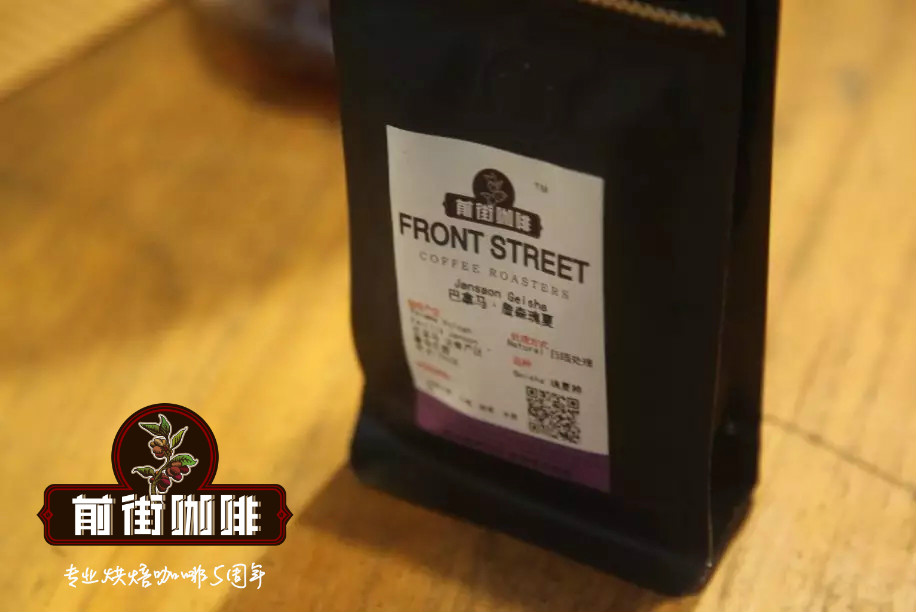
| | Cooking experiment
Today, the baking dates of Jensen Rose Summer are [4.16] and [5.27], respectively. One is that it has been kept for a month and a half and has not been vented, while the other has been kept for seven days and has just entered the flavor period!
[5.27 Baking]
This Jensen rose summer is lightly baked. We chose medium fine grinding (BG 5R) to cook, and tested three water temperatures: 92 ℃, 90 ℃ and 88 ℃, with other parameters unchanged.
Water temperature 92 ℃
Parameters & manipulation: water temperature 92 ℃, grinding degree BG 5R (Chinese standard 20 sieve pass rate 58%), powder / water ratio 1:15, steaming with 32g water for 30 seconds, water injection to 124g section, water level drop to 230g when powder bed is about to be exposed, filter cup removed when water level drop is about to expose filter cup, extraction time is 1g 39th 48.

Flavor: it smells fermented, with flavors of lime, raspberry and nectarine in the mouth, sweet cocoa, cream and caramel, vanilla finish and sweet fruit.
Water temperature 90 ℃
Parameters & manipulation: water temperature 90 ℃, grinding degree BG 5R (Chinese standard 20 sieve pass rate 58%), powder / water ratio 1:15, steaming with 31 g water for 30 seconds, water injection to 122g section, water level drop to 225g when powder bed is about to be exposed, filter cup removed when water level drop is about to expose filter cup, extraction time is 1g 39th 50.
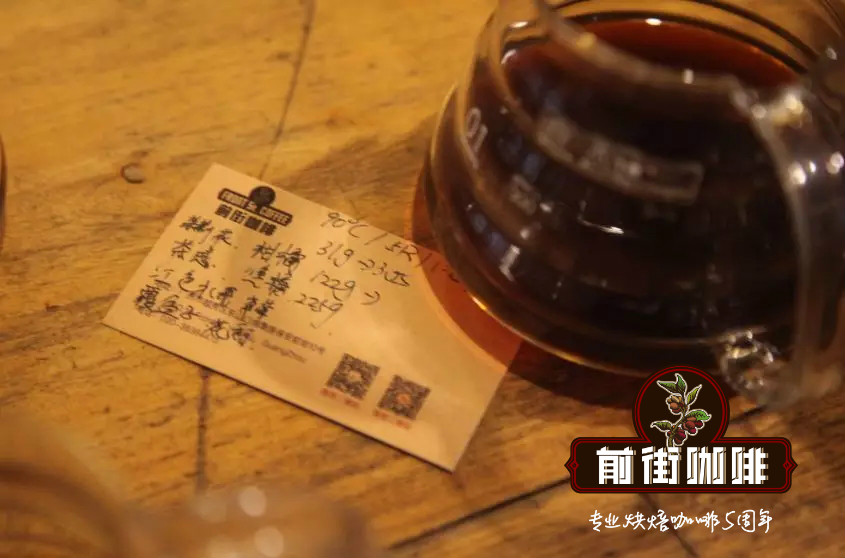
Flavor: it smells of jasmine, with citrus, raspberry, strawberry and raspberry flavors on the palate, creamy and sweet as well as tea and caramel.
Water temperature 88 ℃
Parameters & manipulation: water temperature 88 ℃, grinding degree BG 5R (Chinese standard 20 sieve pass rate 58%), powder / water ratio 1:15, steam for 30 seconds with 30 g water, water injection to 122g section, water level drop to 226g when powder bed is about to be exposed, filter cup removed when water level is about to expose filter cup, extraction time is 1g 39th 50.
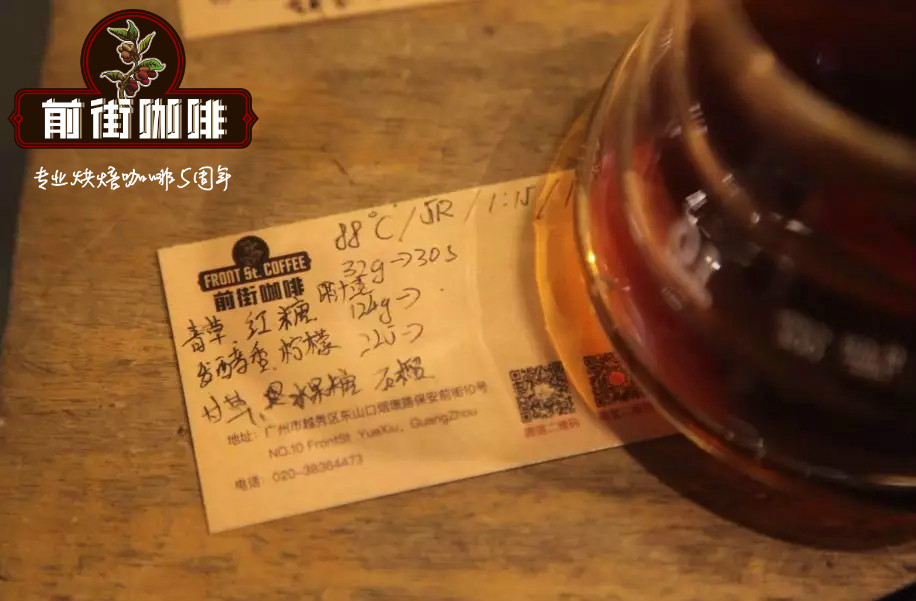
Flavor: it smells fermented, with sour notes of lemon and pomegranate in the mouth, sweet fruit and sweet licorice in the finish, with a hint of grass.
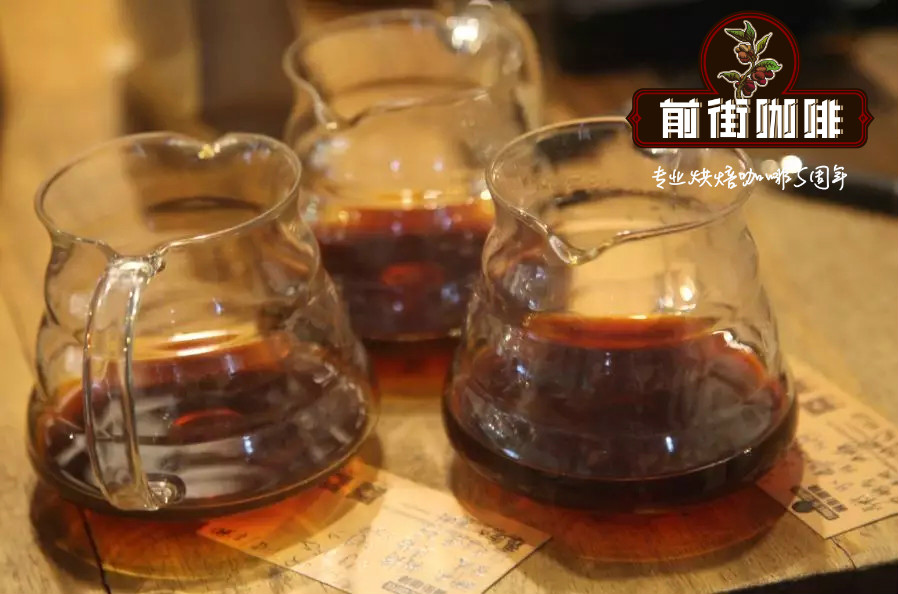
Compared with these three pots, the editor thinks that the water temperature of 92 ℃ tastes sweet, the water temperature of 90 ℃ has a good flavor level, and the water temperature of 88 ℃ tastes good but with a slight smell of grass. So the editor thinks that the parameter of [water temperature 90 ℃] is quite suitable for this bean.
[4.16 Baking]
At first, the editor chose the same parameters as when cooking [5.27 baking], that is:
Water temperature 90 ℃, grinding degree BG 5R (Chinese standard 20 sieve pass rate 58%), powder / water ratio 1:15, steaming with 30 g water for 30 seconds, water injection to 122g section, water level drop to 226g when powder bed is about to be exposed, filter cup is removed when water level drop is about to expose filter cup, extraction time is 1g 39th 50.
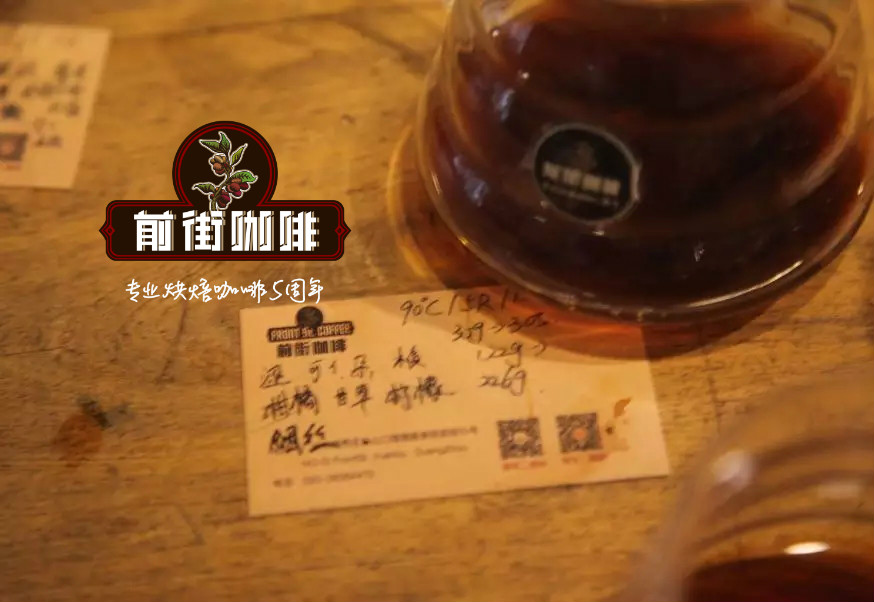
Flavor: taste with citrus, lemon, licorice, cocoa flavor, but with cut tobacco, wood, miscellaneous and astringent taste.
The editor thinks that this is because the beans have been kept for a long time, and the flavor is lost with the passage of time, leaving only woody flavor. The first flavor substances lost are mainly floral and fruit aromas, volatile acids, spices and herbs, while flavors such as nuts, chocolate and caramel are relatively less volatile, so there is less flavor to be extractable. Cooking with the same parameters as fresh beans will be over-extracted. So the editor first shortens the steaming time, and other parameters are the same.
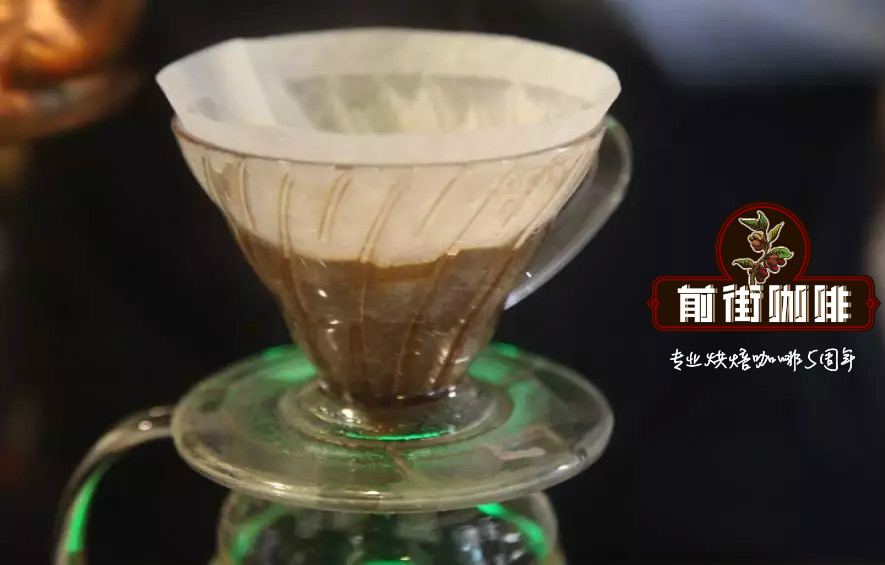
Steam for 16 seconds with 32 grams of water (because the exhaust of beans at this time is not exuberant, so the steaming time will be significantly shorter, as for the steaming time how to judge? When we see that the coffee powder surface has become dry, it proves that steaming can end), water injection to 121g section, water level drop is about to expose the powder bed, continue to inject water to 228g, when the water level drop is about to expose the filter cup, remove the filter cup, the extraction time is 1 cup 3938.
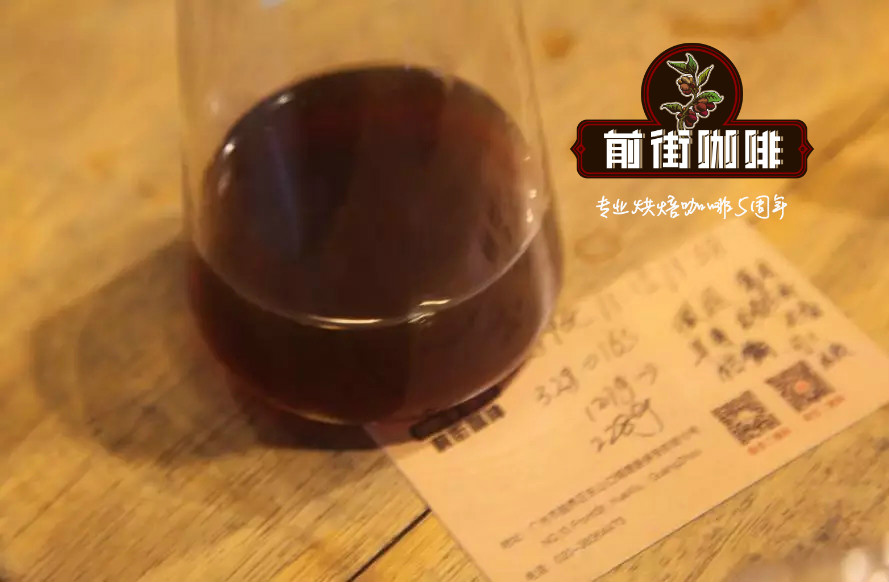
Flavor: it smells fermented, with sour notes of berries, strawberries and citrus, with hints of flowers and cocoa in the finish, but woody and slightly astringent on the palate.
Although the steaming time is shortened, the flavor will be much better, but there will be miscellaneous taste and astringency, so on this basis, the editor will adjust the grinding degree to BG 5Z to reduce the substances that can be extracted.
Parameters: water temperature 90 ℃, grinding degree BG 5Z (Chinese standard No. 20 sieve pass rate 54%), powder / water ratio 1:15, steaming with 30 g water for 15 seconds, water injection to 123g section, water level drop to 225g when powder bed is about to be exposed, filter cup is removed when water level drop is about to expose filter cup, extraction time is 1cm 39th 35.
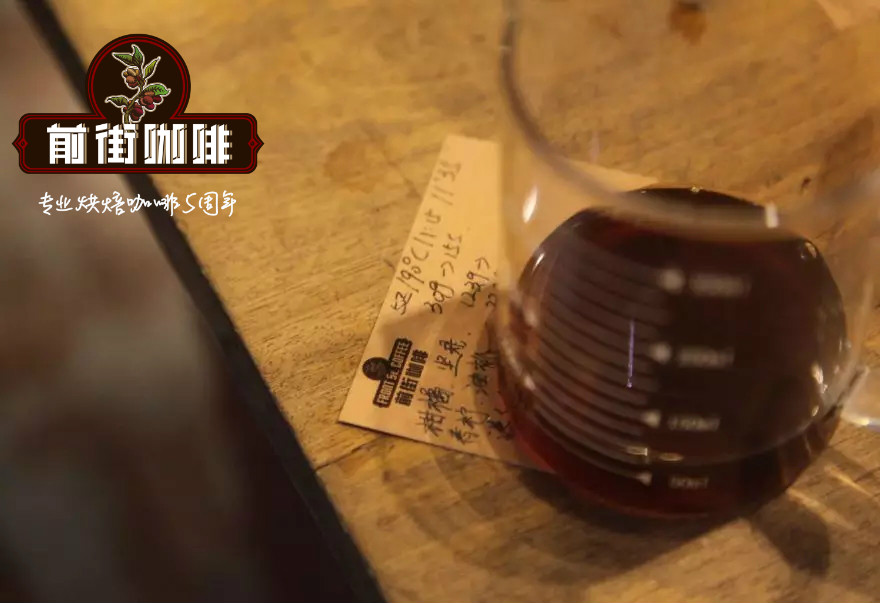
Flavor: it smells slightly fermented and tastes like lime, citrus, nectarine and nuts. when it cools down, it will have some sweet and sour taste of sour horn cake. the overall flavor will be cleaner and less astringent.
In fact, this pot of editor thinks that the performance in flavor is quite good, but the editor is a little curious. What if the water temperature is lowered a little bit on this basis? So the editor adjusted the water temperature to 89 ℃, and the other parameters remained unchanged.
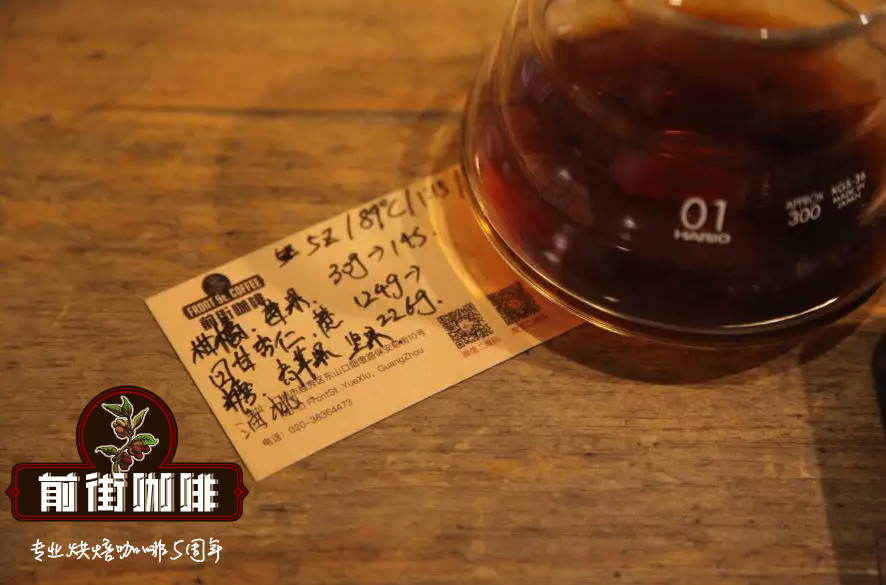
Flavor: taste of citrus, green apple, berry, nectarine, sucrose and almond finish.
| | conclusion |
Comparing [Jansen Rose Summer], which has just passed the bean cultivation period, and [Jansen Rose Summer], which has been in place for more than a month, the editor thinks that the [Jansen Rose Summer], which has just passed the bean cultivation period, has obvious flower fragrance, rich and rich flavor, and although it is easy to extract the coffee that has been kept for more than a month, note that the coffee brewed with parameters still has a good flavor of citrus and berries.
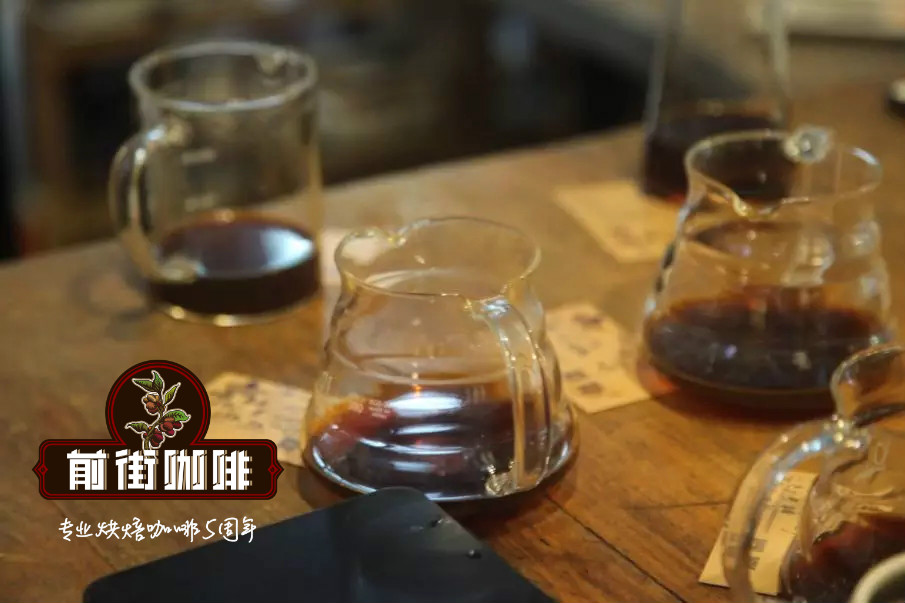
The editor thinks that when cooking the freshly baked Jensen rose summer, it can be cooked with a combination of relatively high water temperature and medium grinding degree, because the Jensen rose summer is just raised at this time, and there are more extractable flavors, and because it is light baking, the bean quality is relatively strong, so it is more resistant to extraction.

In Jensen Rose Summer, which has been boiled for a long time, you can use the combination of lower water temperature and coarser grinding to cook, this is because the beans have been put for a long time, many flavor substances have been lost, and there are relatively few substances that can be extracted. so if you use high temperature + medium and fine grinding will be easy to extract, while lowering the water temperature + coarse grinding can reduce the extraction of beans and reduce the extraction of those bad flavor substances.
END
Important Notice :
前街咖啡 FrontStreet Coffee has moved to new addredd:
FrontStreet Coffee Address: 315,Donghua East Road,GuangZhou
Tel:020 38364473
- Prev
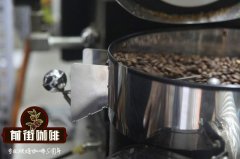
Introduction of sweet Salvadoran coffee introduction to El Salvador Siberian manor coffee
Professional coffee knowledge exchange more coffee bean information please follow the coffee workshop (Wechat official account cafe_style) in Central and South America coffee El Salvador coffee has attracted the world's attention in recent years, this is the result of close cooperation between small coffee farmers and international coffee organizations that help improve farming and handling methods, mainly hoping to increase farmers' income and improve their lives, so that coffee farmers
- Next
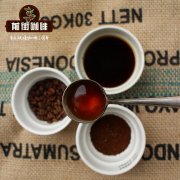
Bolivian coffee transportation difficulties limit the speed of its coffee development boutique coffee
Professional coffee knowledge exchange more coffee bean information please pay attention to the coffee workshop (Wechat official account cafe_style) Bolivia (Bolivia) Bolivian coffee, due to transportation difficulties limit the speed of development of its coffee, but the quality is not poor, Bolivian beans, are of good quality, with obvious fruit tone, sometimes with floral flavor.
Related
- Does Rose Summer choose Blue, Green or Red? Detailed explanation of Rose Summer Coffee plots and Classification in Panamanian Jade Manor
- What is the difference between the origin, producing area, processing plant, cooperative and manor of coffee beans?
- How fine does the espresso powder fit? how to grind the espresso?
- Sca coffee roasting degree color card coffee roasting degree 8 roasting color values what do you mean?
- The practice of lattes: how to make lattes at home
- Introduction to Indonesian Fine Coffee beans-- Java Coffee producing area of Indonesian Arabica Coffee
- How much will the flavor of light and medium roasted rose summer be expressed? What baking level is rose summer suitable for?
- Introduction to the characteristics of washing, sun-drying or wet-planing coffee commonly used in Mantenin, Indonesia
- Price characteristics of Arabica Coffee Bean Starbucks introduction to Manning Coffee Bean Taste producing area Variety Manor
- What is the authentic Yega flavor? What are the flavor characteristics of the really excellent Yejasuffi coffee beans?

